As the Paris Olympics unfold, AncestryDNA’s latest research offers a fascinating look into the genetics of over 15 elite athletes. This study examines how genetic factors and intense training intersect, prompting new questions about the role of ‘super DNA’ in achieving athletic excellence.
Do athletes have ‘super DNA’ or are they just like us? With a deep dive into the genetics of more than 15 world-class athletes, Ancestry has some answers.
Released today, the comprehensive DNA compare analysis utilises DNA results from US fan-favourite athletes including Gabby Douglas, Nastia Liukin, Jackie Joyner-Kersee, Michael Johnson, Bradley Snyder, Kerri Walsh-Jennings and more.
New research found:
· Mental toughness may be one of the most important factors in athletic success. AncestryDNA Traits showing likeliness to be competitive (88%) and have self-confidence (69%) showed up in the majority of champion athletes’ DNA.
· Many of the athletes were born with traits that naturally enhance their performance. For example, all gymnasts studied were more likely to have physical flexibility, 83% of the track and field athletes were more likely to be sprinters than endurance runners and 60% of the swimmers were more likely to be able to hold their breath for a long time.
· However, the journey to becoming an elite athlete isn’t purely genetic. Surprisingly, 60% of the athletes were unlikely to have natural athleticism, underscoring the importance of rigorous training to develop skills. In fact, according to their DNA:
· Gabby Douglas, a gymnast who excels on the beam, is less likely to have good balance.
· Nastia Liukin, born into a family of champion gymnasts, is likely to find performing choreography difficult.
· Bradley Snyder, a swimmer and paratriathlete, is less likely to have natural physical strength.
· Nearly 94% of the athletes share the trait for high heat tolerance. The ability to perform well in high-temperature, high-humidity environments is particularly beneficial in outdoor summer sports and intense training conditions.
· While certain genetic traits were common among the athletes studied – like fast exercise recovery (75%), risk-taking (66%) and hand-eye coordination (50%) – the data suggests there isn’t a one-size-fits-all ‘DNA recipe’ for world-class athletes. Some skills are easier to achieve based on genetics and others are nurtured through training – it is the combination of both that makes a champion!
“I really love this campaign because it highlights how there are a variety of ways people can become a champion,” said 8x US Paralympic medallist, para-swimmer and para-triathlete Brad Snyder. “I worked to maximise skills I was born with and nurture those that weren’t in my DNA to achieve my goals. It’s really inspirational to see that anyone can do it if they’re willing to put in the work and make the most of what they were born with.”
This research coincides with the addition of more than 30 new AncestryDNA traits that can influence physical performance including speed, athletic ability, physical strength, physical agility, physical flexibility, quick reflexes, hand-eye coordination and more.
“This research is powerful because it shows that while genetics can provide an advantage for certain skills and sports, dedication to training and perfecting your craft is just as important,” said Brian Donnelly, Chief Commercial Officer at Ancestry. “People have said for ages that you can do anything if you put your mind to it. These findings suggest there is real truth to that for those who commit themselves to excellence. You never know — you could be a champion athlete yourself if you put in the hard work.”


